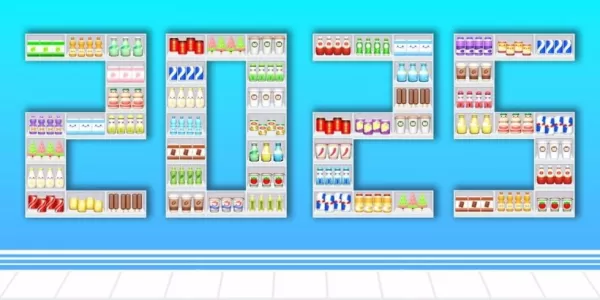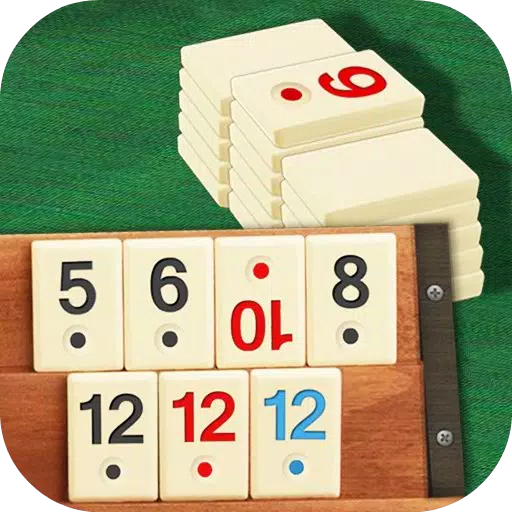Using crops to craft artisan goods is one of the most lucrative ways to boost your earnings in Stardew Valley. While it's true that players typically create large-scale setups for producing Jelly and Wine at higher levels, Preserves Jars are accessible early in the game, offering low-level players a significant advantage.
With Preserves Jars, players have a range of options for crafting artisan goods, which can greatly enhance their profits from fruits and vegetables. These jars are also crucial for making Fish Ponds profitable. Here's a comprehensive guide on how they function in the game.
Updated on January 11, 2025, by Demaris Oxman: The 1.6 update for Stardew Valley introduced a game-changing feature for farmers: the ability to pickle many new items! From common foraged items like Dandelions to rare finds like Purple Mushrooms, players can now enhance their value by placing them in a Preserves Jar. This guide has been refreshed to cover everything you need to know about the new uses for this essential farm tool.
Where To Get Preserves Jars In Stardew Valley
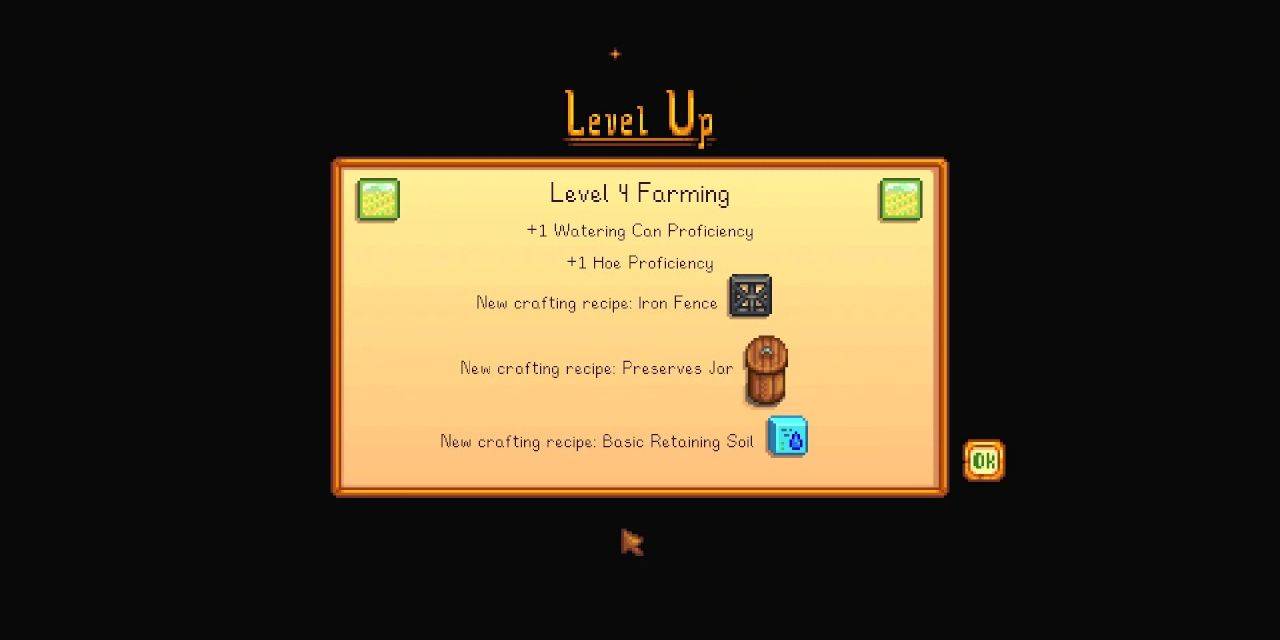
To craft a Preserves Jar, you need to reach Farming Level 4. The recipe requires:
- 50 Wood

- 40 Stone

- 8 Coal

These materials are readily available, making Preserves Jars an excellent choice for quickly producing artisan goods. Wood comes from chopping trees, Stone from breaking rocks with a pickaxe, and Coal is most efficiently gathered by defeating dust sprites in the Mines.
In addition to crafting, players can earn one Preserves Jar by completing the Quality Crops Bundle (or the Rare Crops Bundle if using the remixed version) at the Community Center. They may also find one in the Prize Machine at Mayor Lewis' house.
What Are Preserves Jars Used For In Stardew Valley?
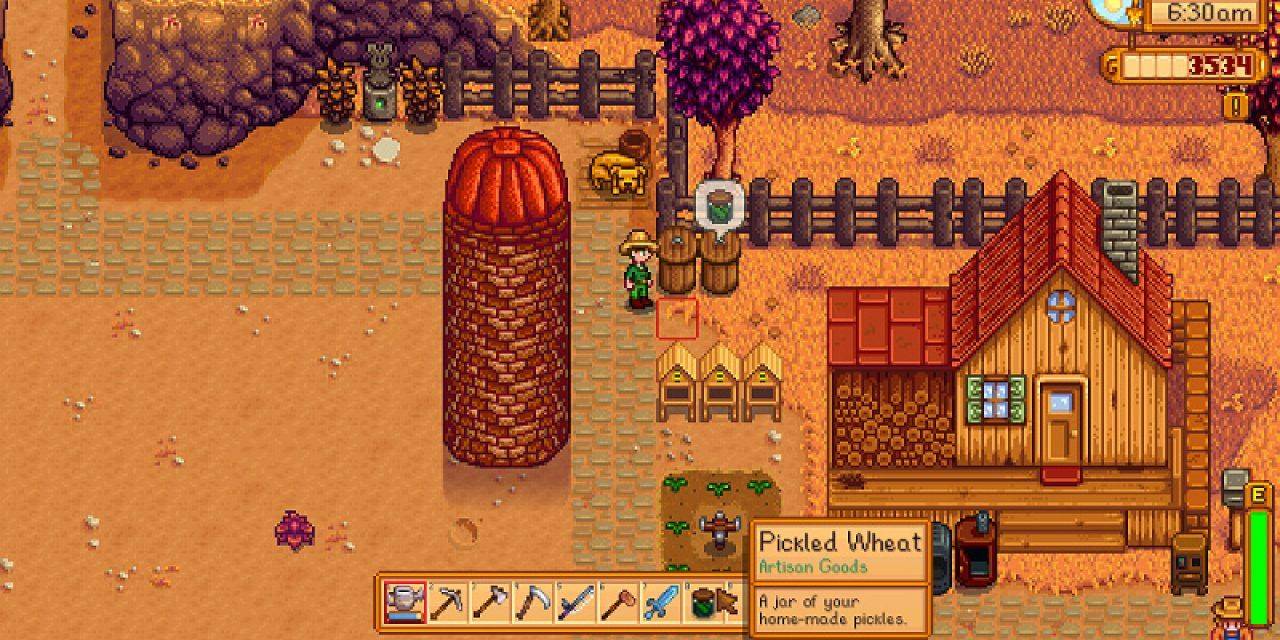
Preserves Jars can transform various items into different artisan goods. If you choose the Artisan profession at Farming Level 10, the sale price of each item below increases by 40%.
| Item | Product | Sell Price | Health/Energy | Processing Time |
|---|---|---|---|---|
| Fruit |  Jelly Jelly | 2x (base fruit value) + 50 | For edible fruit: - 2x base fruit energy - 2x base fruit health For inedible fruit (e.g., Coconut): - Health: 0.5x base fruit value - Energy: 0.225 base fruit value | 2-3 in-game days |
| Vegetable, Mushroom, or Forage |  Pickles Pickles | 2x (base item value) + 50 | For edible items: - 1.75x base item energy - 1.75x base item health For inedible items (e.g., Pumpkin): - Energy: 0.625x base item value - Health: 0.28125 base item value | 2-3 in-game days |
| Sturgeon Roe |  Caviar Caviar | 500g | - 175 Energy - 78 Health | 4 in-game days |
| Any Other Fish Roe |  Aged Roe Aged Roe | 60 + (base fish price) | - 100 Energy - 45 Health | 2-3 in-game days |
Note that only Mushrooms and Forage items that provide a positive energy value when eaten, such as Chanterelle or Winter Root, can be pickled. Items like Red Mushroom and Holly, which are poisonous and subtract energy, cannot be used.
The sell price is calculated using the base value of the item placed in the jar, disregarding item quality. For instance, Jelly made from a gold-quality Apricot will sell for the same price as one made from a normal-quality Apricot. Therefore, it's best to use your lowest-quality produce in Preserves Jars to maximize profit.
Preserves Jars or Kegs?
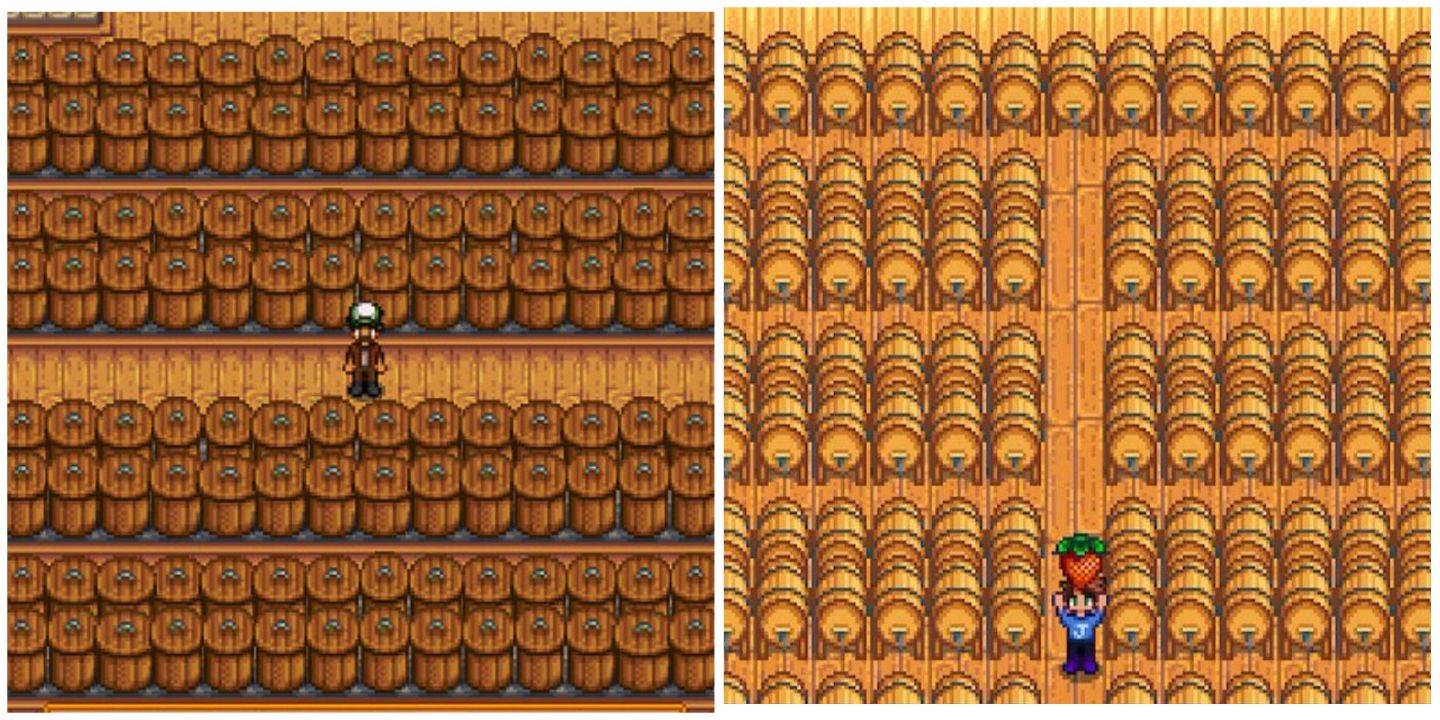
When comparing Preserves Jars to Kegs, both used for turning fruits and vegetables into artisan goods, Preserves Jars are most profitable for fruits with a base value under 50g and vegetables/forage items under 160g. Additionally, Preserves Jars process goods much faster than Kegs. The best items for making Jelly and Pickles are high-yield crops with low base values, such as Eggplants, wild foraged berries, Corn, and Tomatoes.
Preserves Jars are also essential for processing Fish Roe into artisan goods, making them a key component of any Fish Pond setup. This allows players to capitalize on their fishing skills. Mushrooms, which cannot be used in Kegs, can only be processed in Preserves Jars or Dehydrators, with the former usually offering a higher profit margin.






